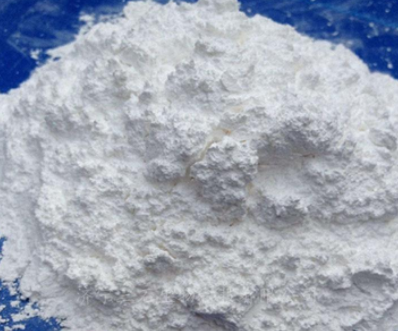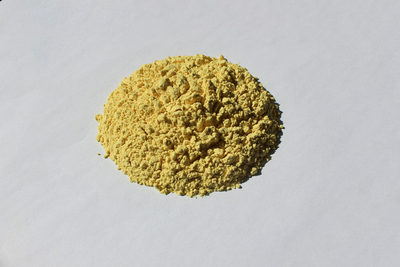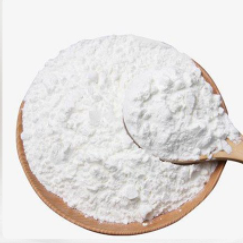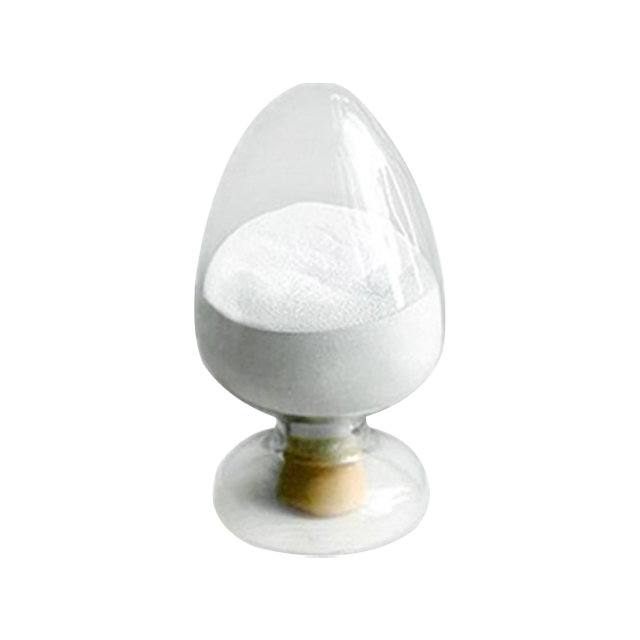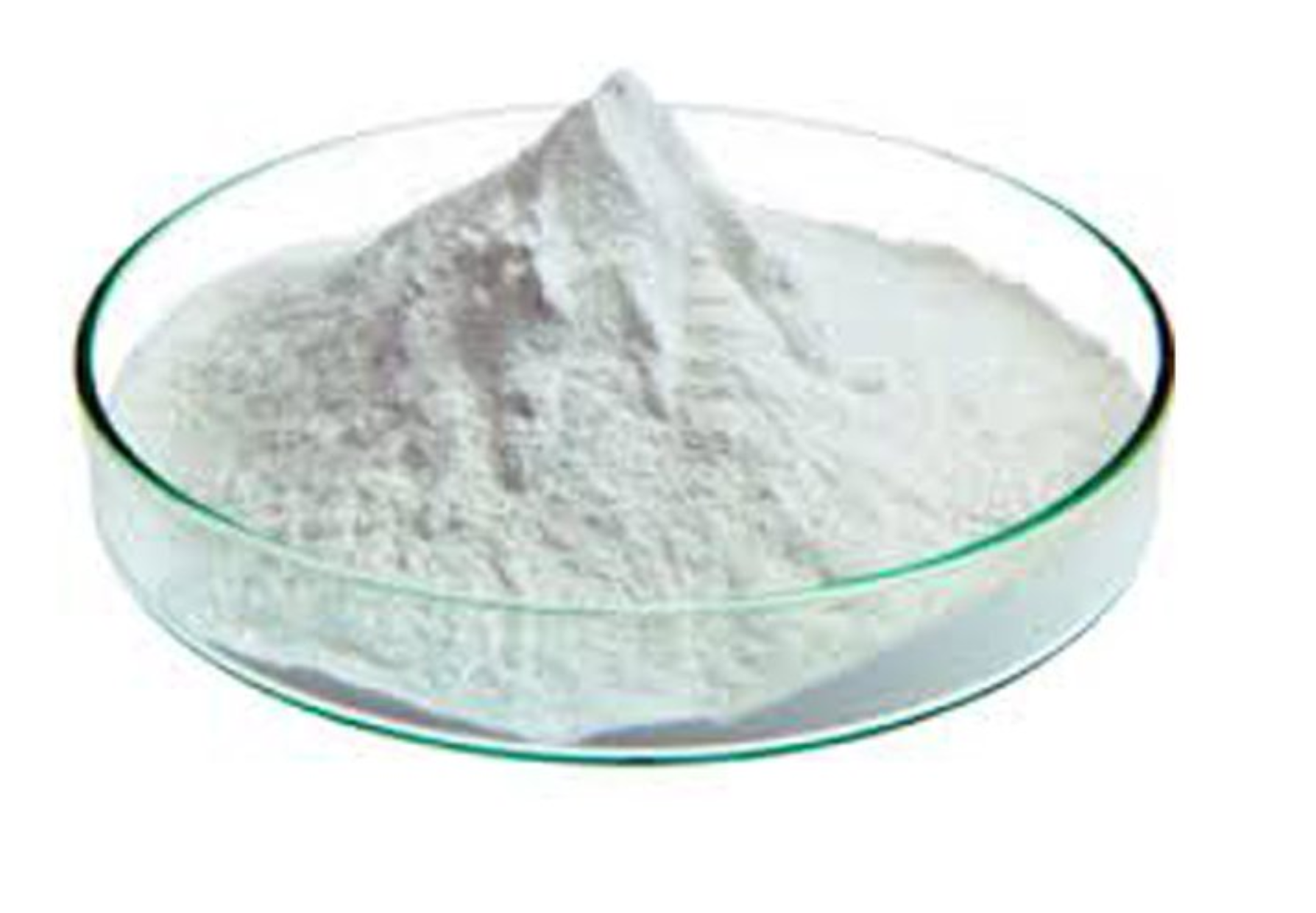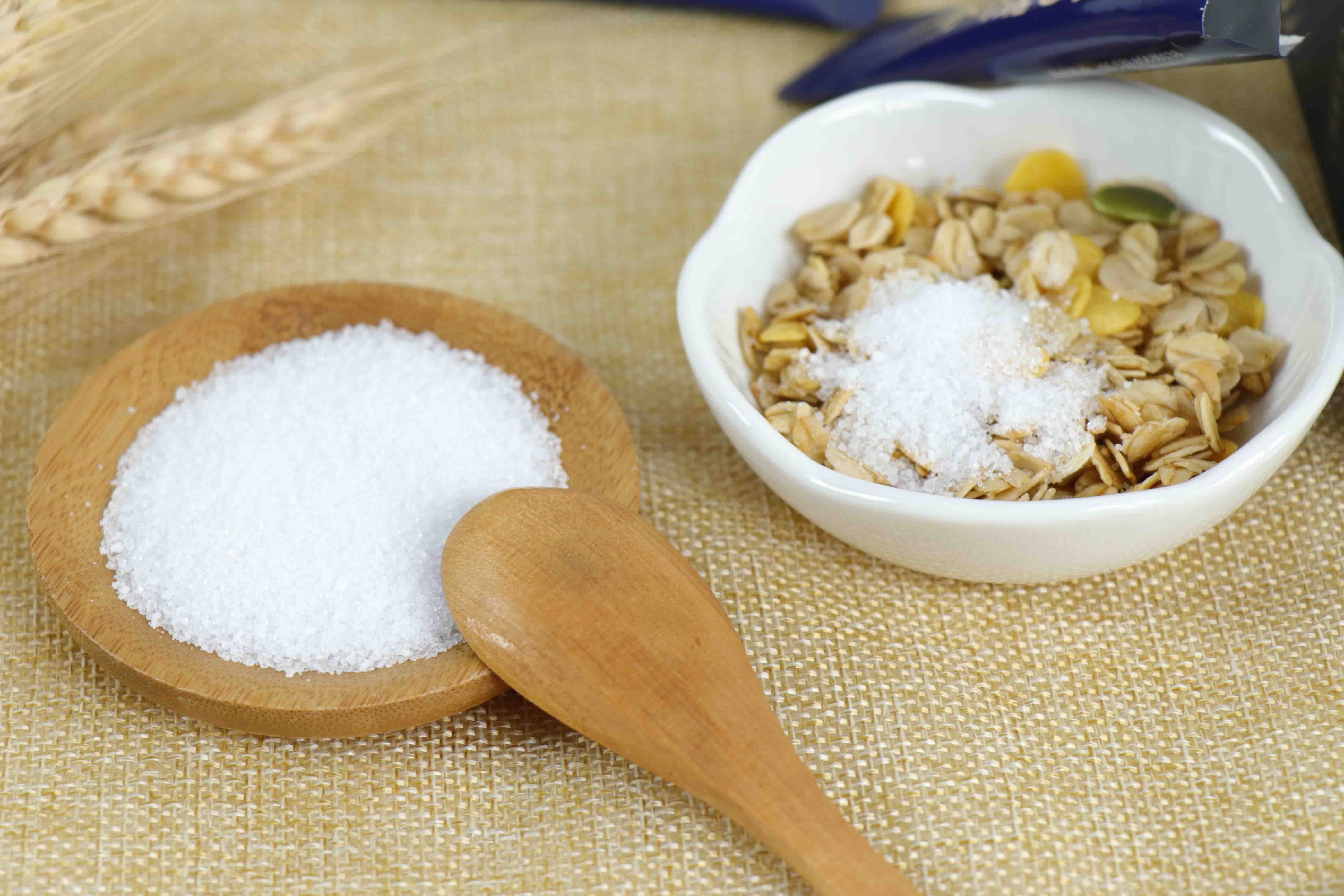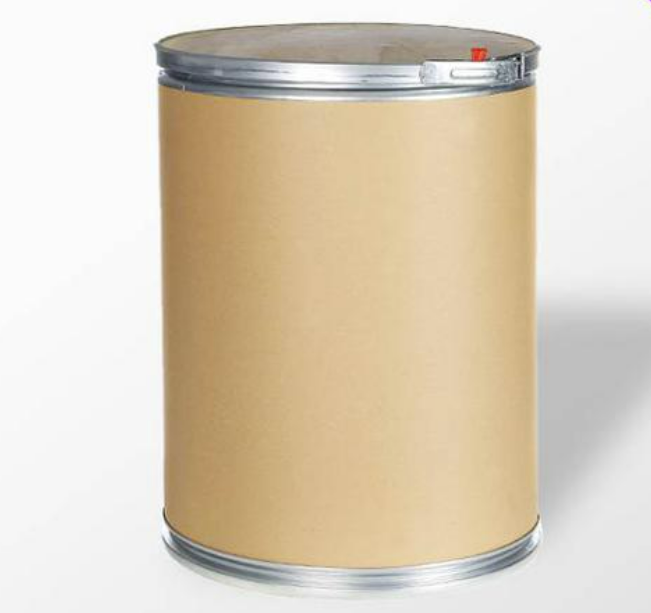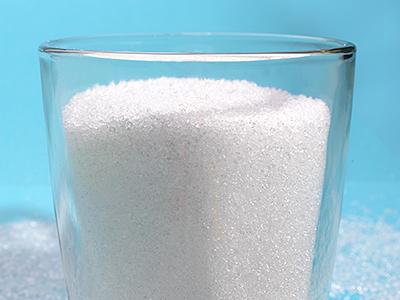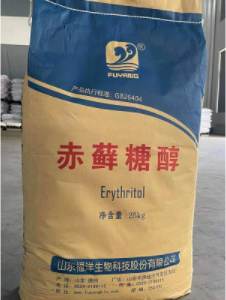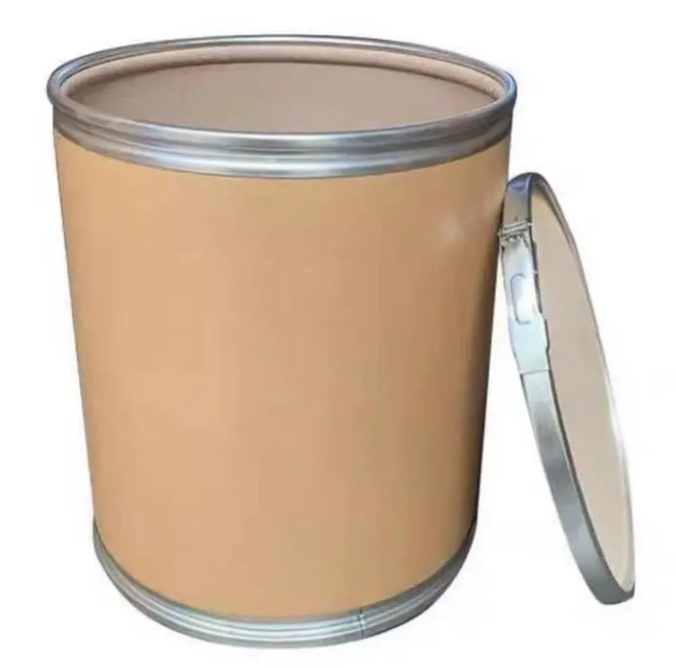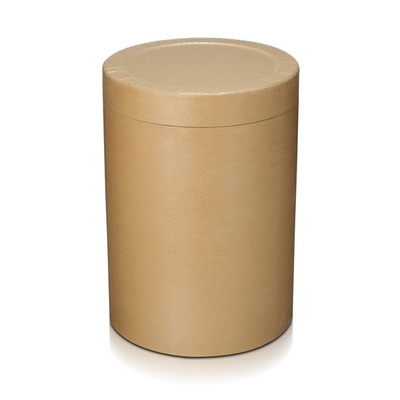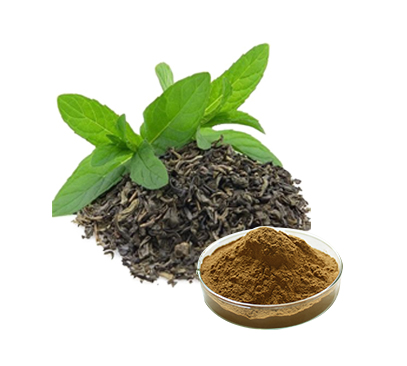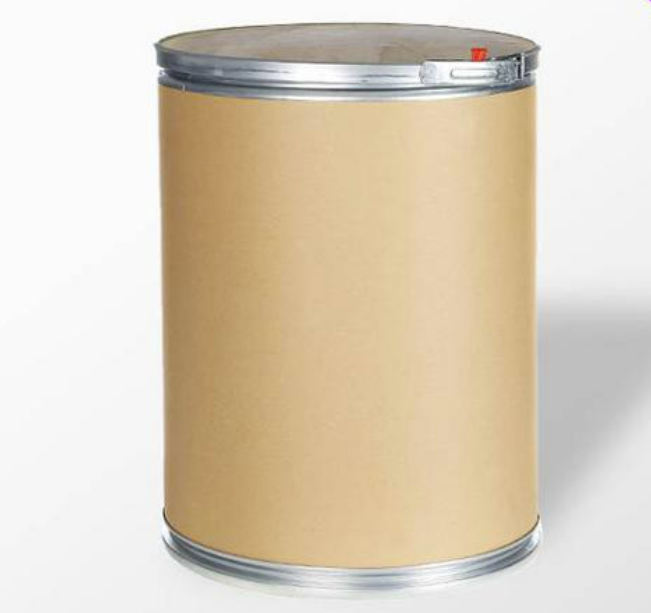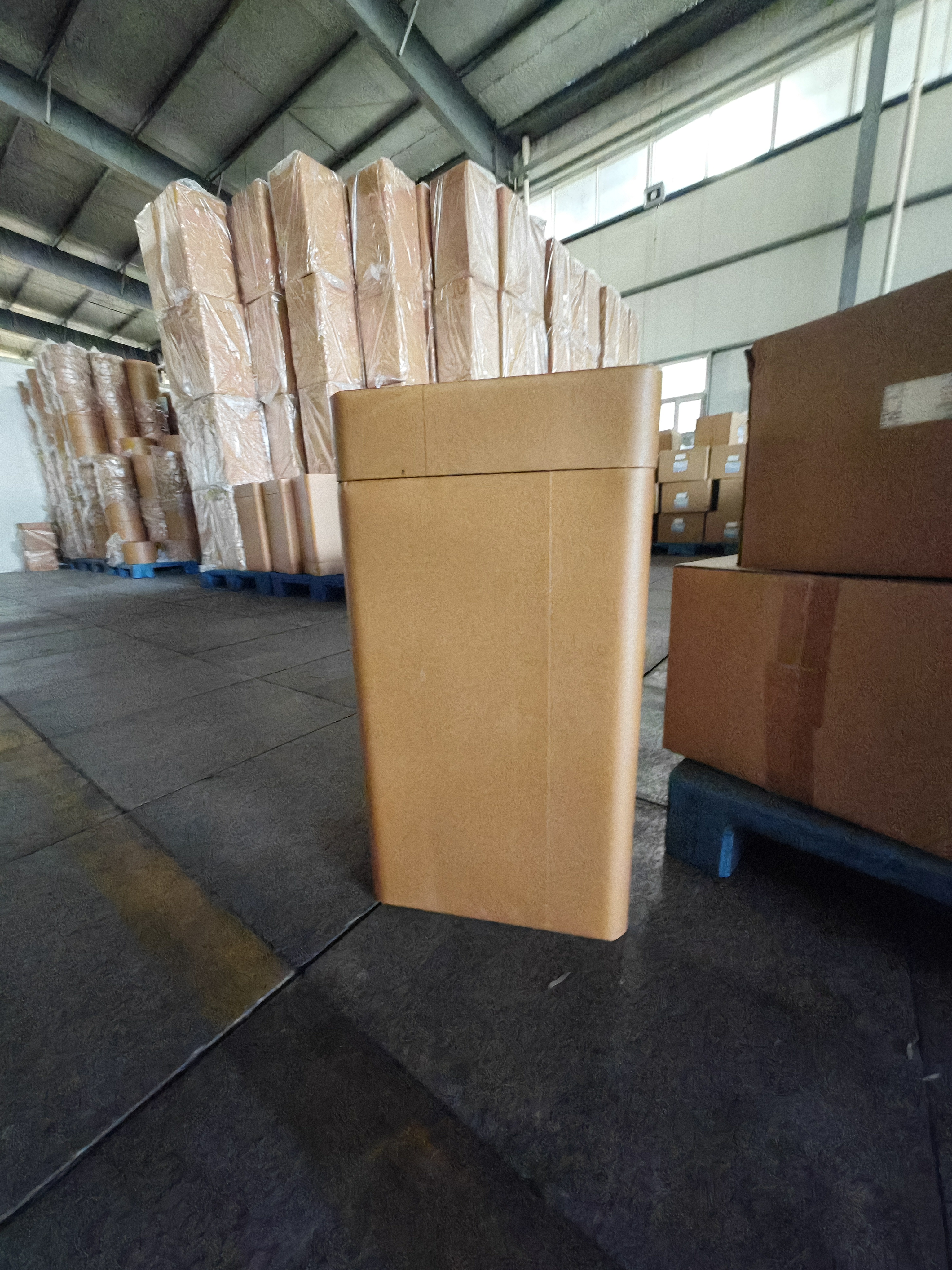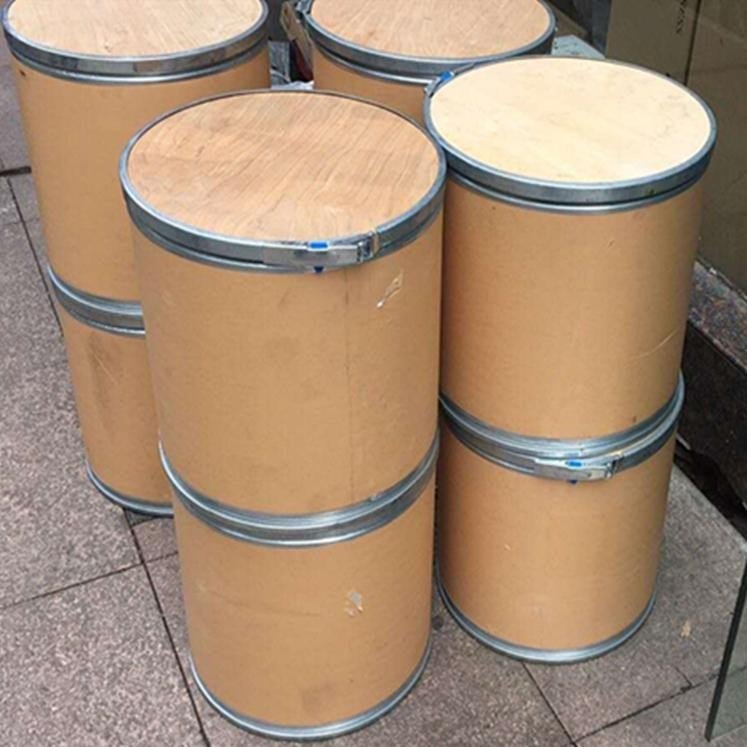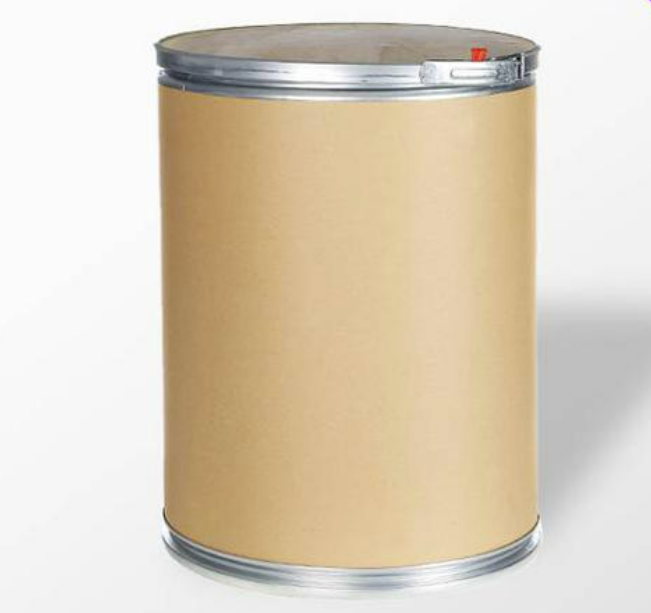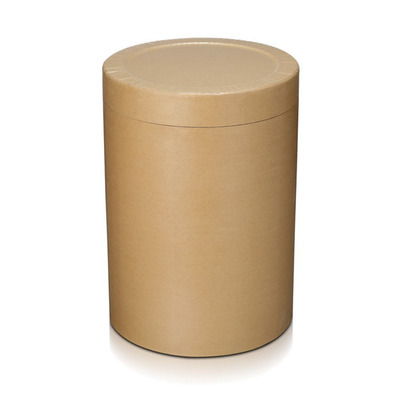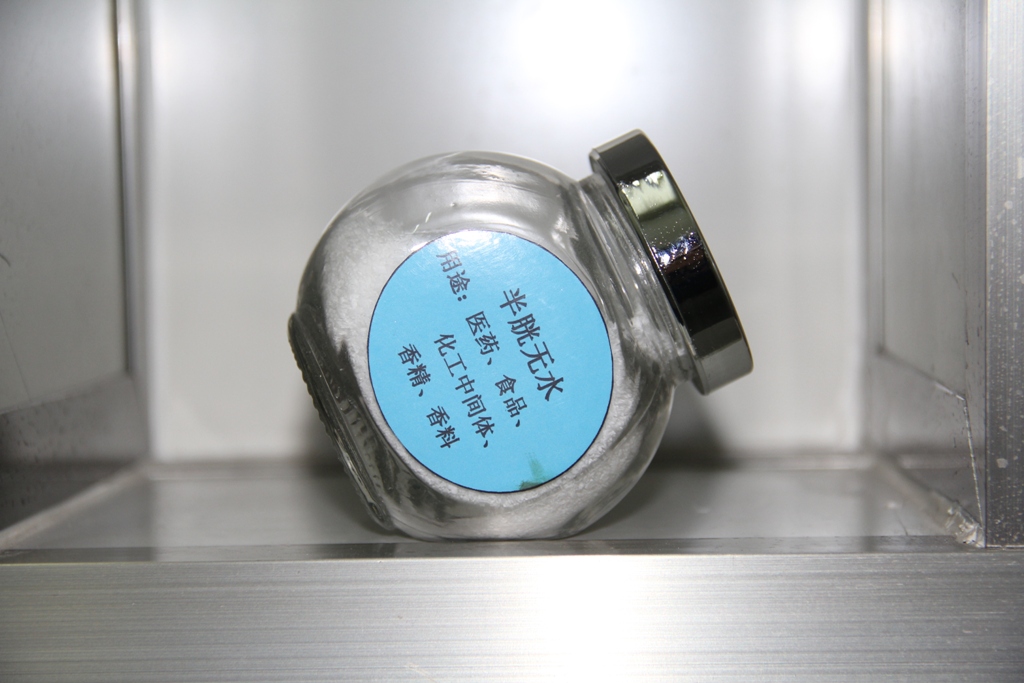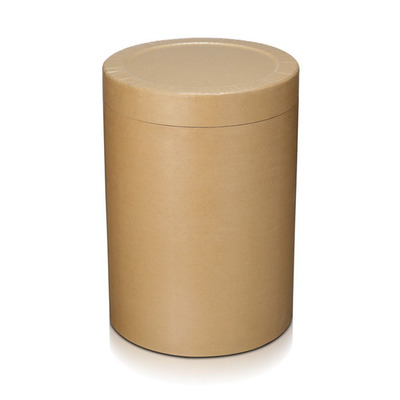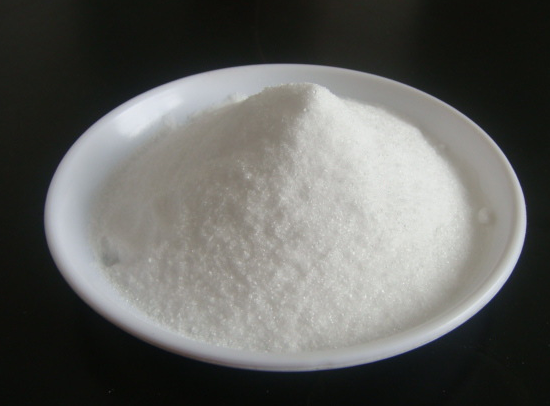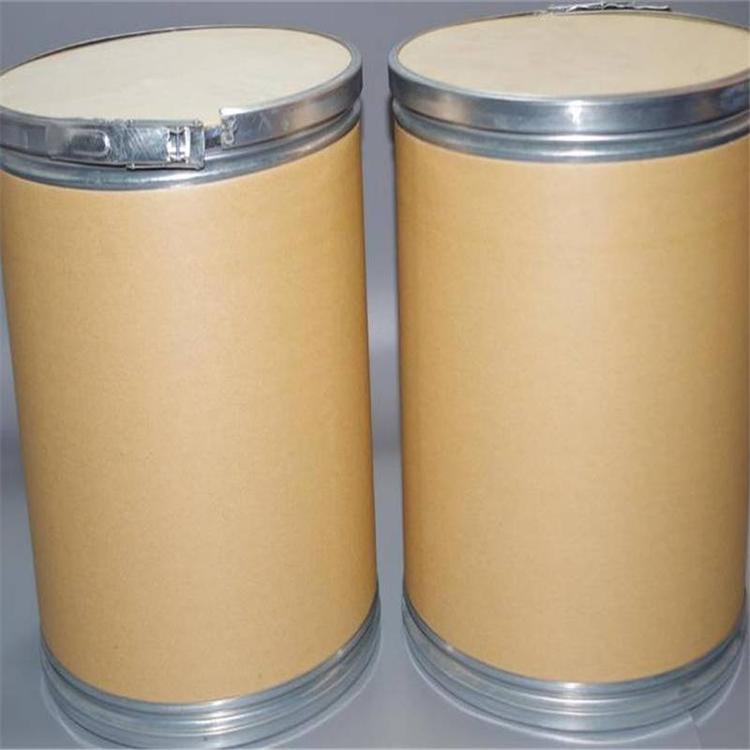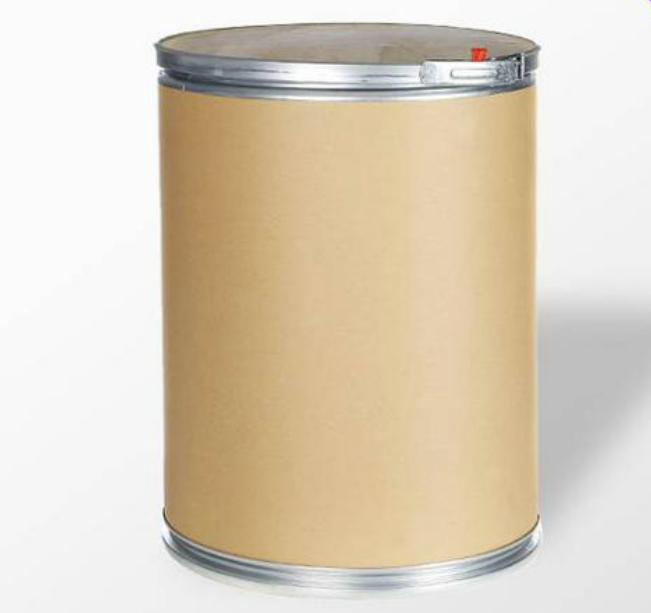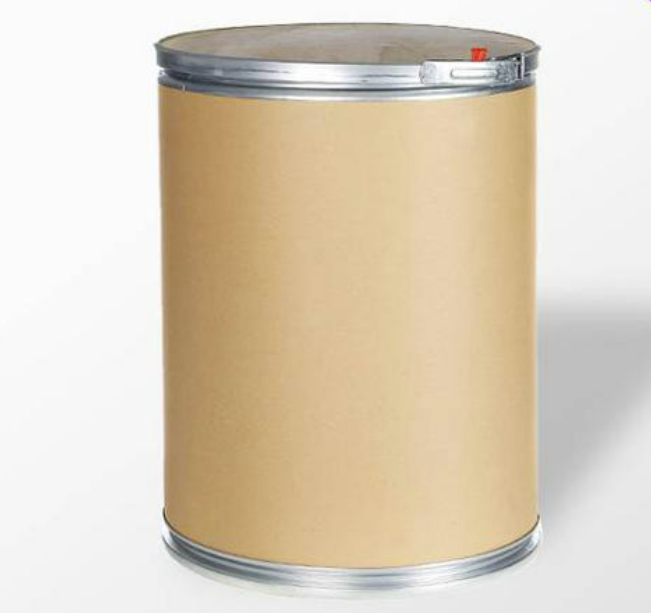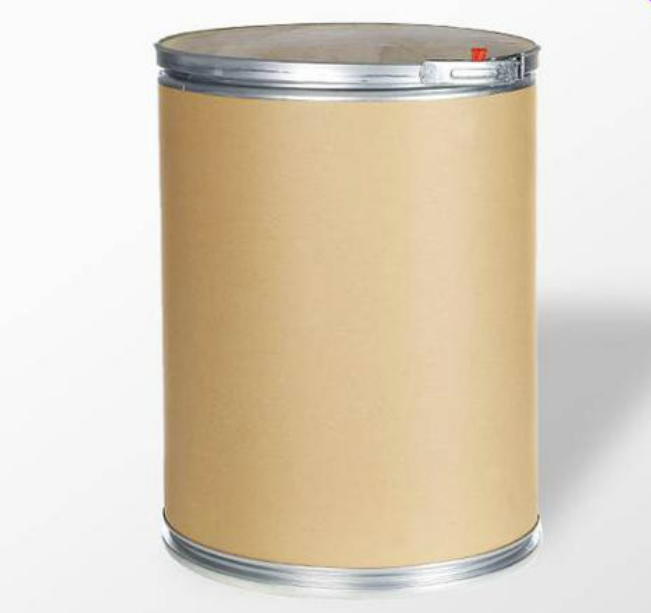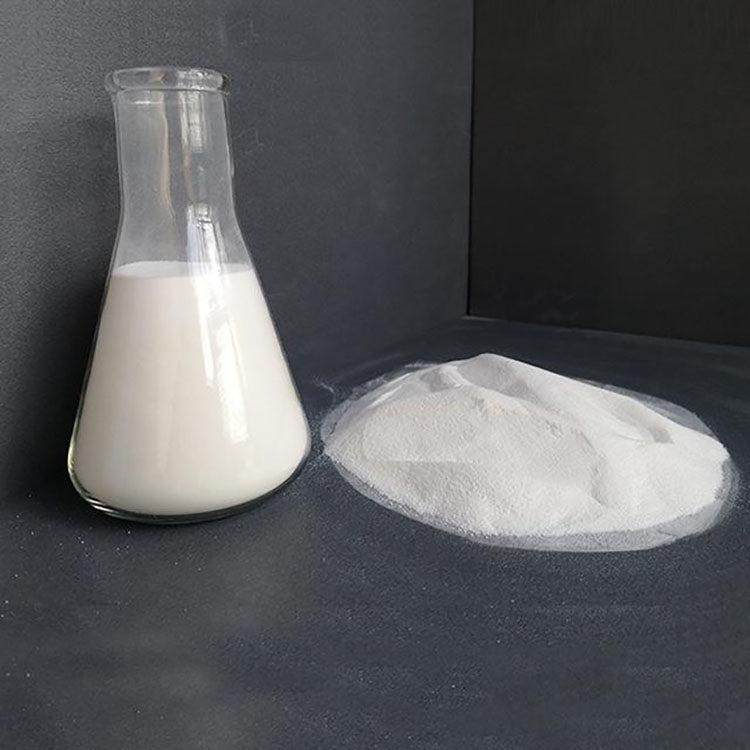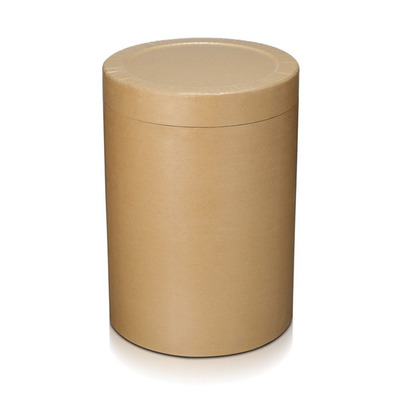Food(Feed) Additives
Feed Additive
Additives For Food Packaging
Colorant
Stabilizer and Coagulator
Water Retention Agent
Feed Deworming Health Agents
Anti Corrosion and Preservation
Color Fixative
Flour Treatment Agent
Defoamer
Coating Agent
Feed Vitamins
Emulsifier
Other Food Additives
Nutritional Fortifier
Thickening Agent
Feed Quality Enhancer
Antioxidants
Chewing Gum Bases
Bulking Agent
Feed Amino Acids and Small Peptides
Flavor Enhancer
Sweeteners
Additives For Feed Preservation
Other Feed Additives
Food Additive
Bleaching Agents
Anticaking Agent
Food Flavors and Fragrances
Enzyme Preparation
Feed Trace Elements
Acidity Regulators
Feed Growth Promoters
Feed Conditioner
Find
1531
related chemicals for you
CAS:135-19-3
Molecular Formula:C10H8O
Alias
More Information
Isonaphthol; 2-Naphthalenol; Naphtol; Naphtol red; Naphthalen-2-Ol; 2-Hydroxynaphthalene; BETA Naphthol IN China; BETA Naphthol; BETA-Naphthol; beta Naphthnol; Beta Naphthol 135-19-3; _|_; Dye Intermediate
Brief Introduction
2-naphthol is a naphthol carrying a hydroxy group at position 2. It has a role as an antinematodal drug, a genotoxin, a human xenobiotic metabolite and a mouse metabolite.
Suppliers
View More Vendors (6) >
Shandong Century Sunshine Technology Co.,Ltd.
≥99.1%
/
-
25kg
/
Woven Bag
CAS:149-32-6
Molecular Formula:C4H10O4
Alias
More Information
2,3,4-Butanetetrol,(R*,S*)-1; 3,4-Butanetetrol,(Theta,S)-2; Antierythrite; Butanetetrol; Erythrit; Erythritol, Meso-; 1,2,3,4-Butanetetrol
Brief Introduction
This product is a low heat sweetener; Diluent for high sweetness sweeteners. It can be used for chocolate, baked goods, candy, table sugar, soft drinks, etc. the maximum usage is 3%. It can be used as sweetener; Moisturizer; Fragrance enhancer; Tissue modifier; Molding AIDS.
Suppliers
View More Vendors (6) >
CAS:3081-61-6
Molecular Formula:C7H14N2O3
Alias
More Information
Theanine,L; L-Glutamic Acid γ-(Ethylamide); N-γ-Ethyl-L-Glutamine; L-Theamine; Suntheanine; (S)-2-Amino-5-(Ethylamino)-5-Oxopentanoic Acid; Theanine; N'-Ethyl-L-Glutamine; N(5)-Ethyl-L-Glutamine; L-γ-Glutamylethylamide; L-Theanine In Stock Gmp Factory; H-Glu(Nhet)-Oh; L-Glutamic Acid Gamma-(Ethylamide); (S)-2-Amino-4-(N-Ethylcarbamoyl)Butanoic Acid
Brief Introduction
Theanine is a characteristic amino acid in tea, which is synthesized by glutamic acid and ethylamine under the action of theanine synthetase in the root of tea plant. It is an important substance to form the taste of tea, which is mainly manifested as fresh and sweet, and is the main component of tea. 26 kinds of amino acids (6 kinds of non protein amino acids) were identified in tea, which generally accounted for 1% ~ 5% of the dry weight of tea, and theanine accounted for more than 50% of the total free amino acids in tea. As the most abundant characteristic non protein amino acid in tea, theanine is safe, non-toxic and has many biological activities, such as antioxidation, immune regulation, anti-aging, antagonizing cell excitotoxicity caused by excessive glutamate. At the same time, L-theanine, as an alkyl amine, can be activated γ- T immune cells promote cell proliferation and cytokine secretion, enhance the ability to resist tumor cells, reduce the infection of external microorganisms, and reduce the risk of cold and influenza.
Suppliers
View More Vendors (6) >
CAS:52-89-1
Molecular Formula:C3H8ClNO2S
Alias
More Information
(R)-2-Amino-3-Mercaptopropanoic Acid Hydrochloride; L-Cysteine, Hydrochloride; L-Cysteine HCL; L-Cysteine Hydrochloride Anhydrous; Cysteine HCL
Brief Introduction
Cysteine is one of 20 kinds of natural amino acids. It is a non essential amino acid with sulfur (like methionine). Methionine and serine can be synthesized in animals. It can alleviate and repair the damage of radiation to human body. It has a wide range of detoxification in the human body, and is the treatment of acrylonitrile and aromatic acidosis. It is helpful to abstain from alcohol addiction and is necessary for the brain and liver; It is necessary for the regeneration of liver cells.
Suppliers
View More Vendors (6) >
CAS:52-90-4
Molecular Formula:C3H7NO2S
Alias
More Information
L-Cys; (R)-2-Amino-3-Mercaptopropionic Acid; FEMA 3263; CYS; Thioserine; Cystein; Cysteine; 3-Mercapto-L-Alanin; Alpha-Amino-Beta-Mercaptopropionicacid; Alpha-Amino-Beta-Thiolpropionic Acid; Half-Cysteine; l-Cysteine Price
Brief Introduction
L-Cysteine is a kind of nonessential amino acid, which exists in keratin. Keratin is the main protein of nails, toenails, skin and hair. The relationship between L-cysteine and cystine is very close. Two molecules of L-cysteine form one molecule of cystine. L-Cysteine is more unstable. It is easy to become cystine which can also be reduced to L-cysteine. Both of them are sulfur-containing amino acids, which have effects on skin formation and detoxification. L-Cysteine is mainly used in cosmetics, medicine and food. In cosmetics, it is used to prepare perm, sunscreen, hair perfume and hair essence. In the field of medicine, it is used to prepare methyl cysteine, ethyl cysteine, acetylcysteine, methyl cysteine, ethyl cysteine and comprehensive amino acid preparations. L-Cysteine can also be used as a protective drug against radiation injury. In food, L-cysteine is used as bread fermentation auxiliary (ripening agent), antioxidant stabilizer for milk powder and fruit juice, and nutrient for pet animal food.
Suppliers
View More Vendors (6) >
Inquiry (
10
/ 10
)
Clear All
You can inquire for up to 10 products at a time
Sign In
Error!

